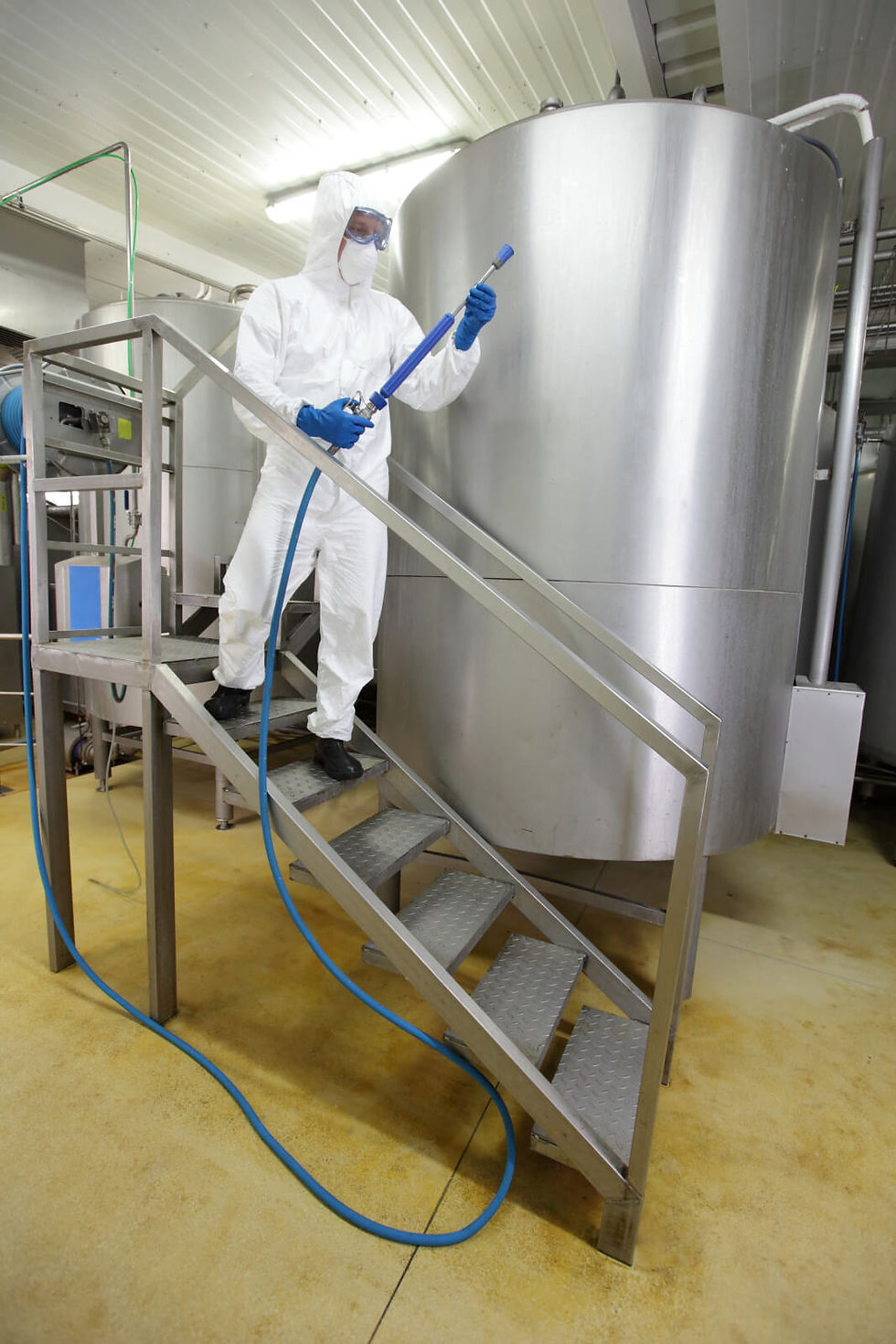How to Manage Sulzer Solvent and Catalyst Supplies: Ordering, Storage, and Best Practices
- cemnar0
- Jul 25
- 2 min read

Introduction: Why Proper Management of Solvents and Catalysts Matters
Sulzer’s proprietary solvents and catalysts are vital components to achieving guaranteed performance in refining and petrochemical processes. However, optimal plant operation requires careful management beyond supply including correct ordering procedures, secure storage, and best handling practices. Proper management ensures the longevity, activity, and safety of these critical materials, preventing costly downtime or quality issues.
Ordering Sulzer Solvents and Catalysts
Use Dedicated Support Channels: Place orders through Sulzer’s official customer support or licensing contacts to ensure traceability and priority handling.
Plan Ahead with Safety Stock: Maintain inventory levels based on consumption rates, lead times, and criticality to avoid supply interruptions.
Emergency Supply Option: Sulzer’s global supply chain supports expedited delivery for urgent needs due to unplanned shutdowns or operational anomalies.
Coordinate with Technical Teams: Engage with Sulzer experts for scheduled deliveries tied to catalyst replacement cycles or solvent refresh to optimize procurement.
Storage Best Practices
Follow Manufacturer’s Recommendations: Store solvents and catalysts under specified temperature and humidity conditions to preserve chemical stability.
Use Dedicated Containers and Tanks: Avoid contamination by keeping proprietary solvents and catalysts separate from other chemicals and using approved, labeled containers.
Control Environmental Conditions: For solvents sensitive to air or moisture, use sealed containers and controlled storage environments.
Regularly Monitor Inventory: Track product lot numbers, manufacture/expiry dates, and usage to rotate stock and prevent degradation.
Comply with Safety Regulations: Follow safety protocols for handling flammable, toxic, or reactive materials, including ventilation and spill containment.
Handling and Operational Tips
Train Operators: Ensure plant personnel are trained in the correct handling, transfer, and disposal procedures for these specialized materials.
Minimize Exposure to Contaminants: Avoid cross-contamination between solvents, catalysts, and other plant chemicals during transfer or storage.
Follow Application Guidelines: Use catalyst loading rates, solvent circulations, and replacement schedules as outlined in Sulzer’s technical documentation.
Regularly Inspect Storage and Usage Equipment: Pumps, valves, and lines in solvent and catalyst feed systems should be inspected to prevent leaks or contamination.
Use Technical Support: Don’t hesitate to contact Sulzer for troubleshooting, optimization advice, or to report any deviations affecting catalyst or solvent performance.
Benefits of Proper Management
Maximized Catalyst Activity and Lifetime: Proper storage and handling prevent premature deactivation and extend catalyst run lengths.
Consistent Solvent Effectiveness: Well-managed solvents retain their separation and extraction efficiency, reducing process variability.
Operational Safety: Avoiding improper handling reduces risks associated with flammable or toxic materials.
Cost Efficiency: Prevent unplanned downtime, reduce waste, and optimize procurement cycles through good stock management.
Conclusion: Reliable Operations Begin with Expert Supply Management
Managing Sulzer’s proprietary solvents and catalysts properly is crucial for maintaining the process performance and guarantees that define Sulzer’s technologies. Whether ordering, storing, or handling these materials, following best practices and leveraging Sulzer’s global support network safeguards your investment and operational uptime.
Need assistance with supplies management or technical support?
Contact Sulzer’s expert team for tailored advice, supply planning, and lifecycle support options.




